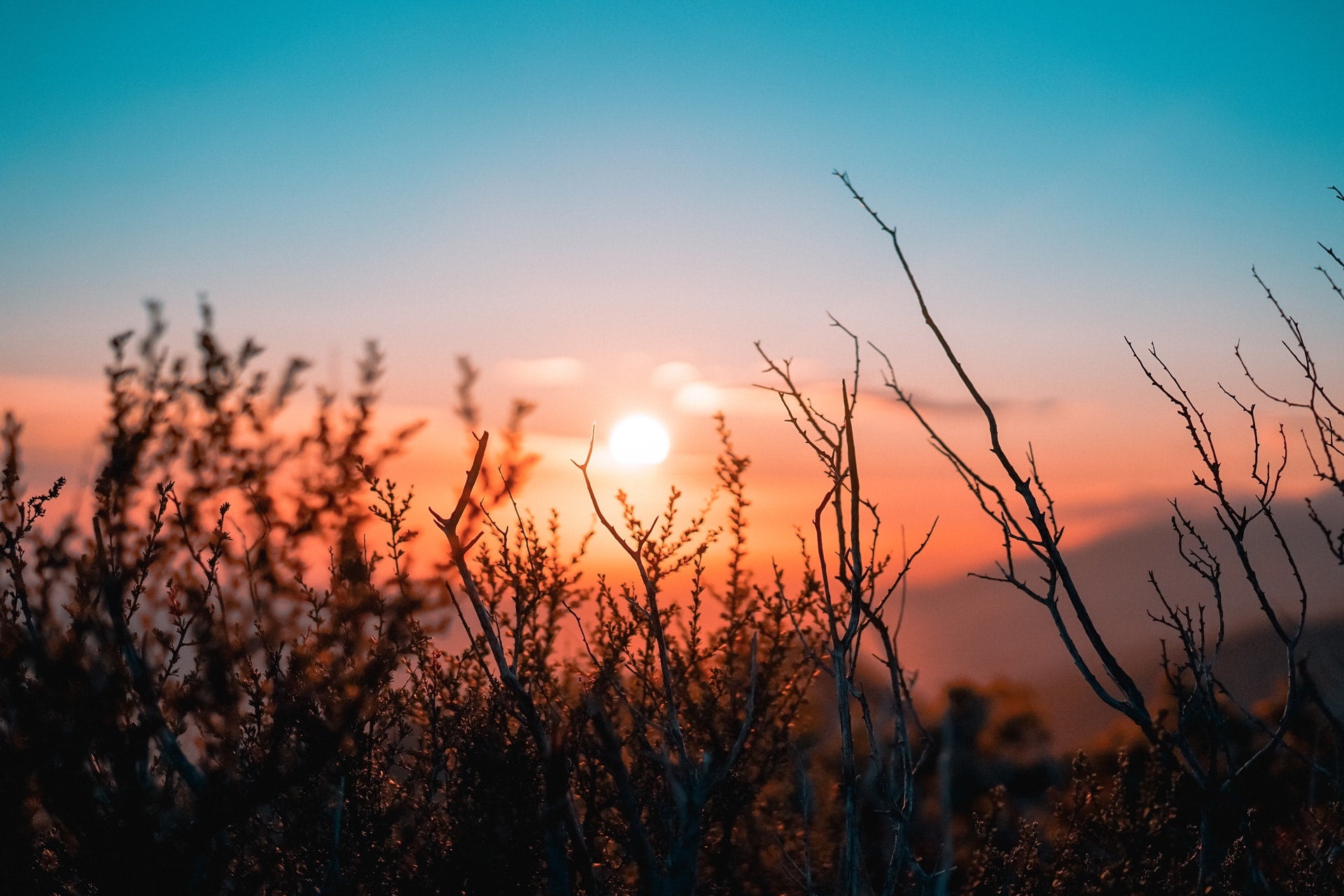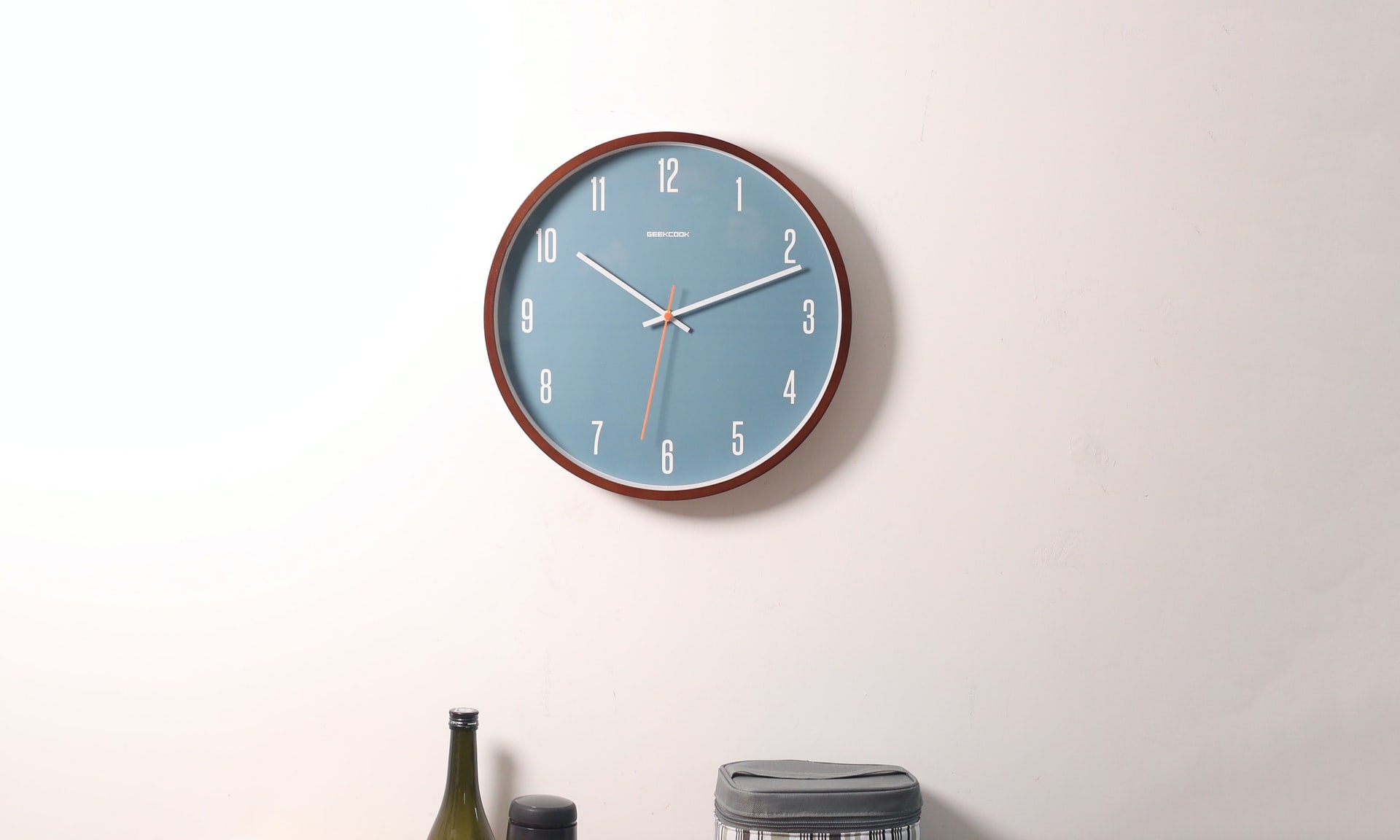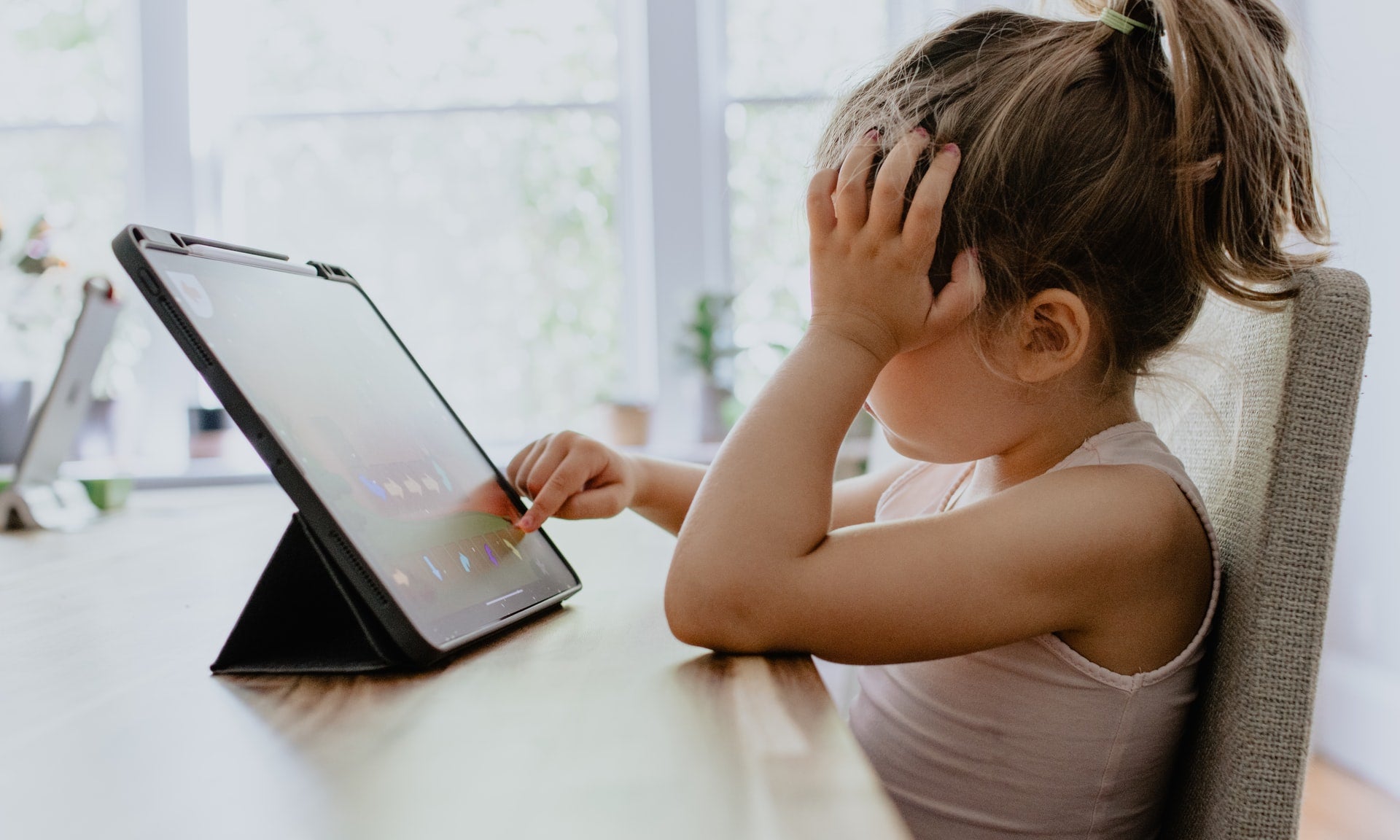Long ago, it used to be that most people rose with the sun and went to sleep soon after darkness fell. But as soon as Thomas Edison invented the lightbulb in 1879, waking and sleeping habits would change forever as we entered what novelist/screenwriter Graham Moore imaginatively called The Last Days of Night. Within a few short years, Edison’s incandescent bulbs were everywhere. Sure, it became safer to walk down well-lit streets and easier to read in the evening, but suddenly factory owners could drive their workers hard 24/7 and millions of years of human biology were confronted by the phenomenon of round-the-clock brightness.
Fast forward 141 years and we’ve got more pervasive artificial light than Edison and his arch-rival George Westinghouse could have ever dreamed of. From lightbulbs many times brighter than the Wizard of Menlo Park’s original design to computer and TV screens to the phones we seem to be almost surgically attached to, there are more stimulating light sources than ever before. And while our forebears spent most of their waking hours toiling and recreating outside, we now spend up to 93 percent of our time indoors according to the EPA, meaning that far too many of us are deprived of adequate sunlight.
The subsequent circadian rhythm disruption can make it hard to fall and stay asleep, with around 70 million Americans struggling with a chronic sleep disorder. In this article, we’ll explore how to regulate your light exposure so you can be more alert during the day and rest easy at night.
Morning
It would seem logical that morning light exposure would impact when you wake up and how alert you are in the morning. That’s certainly correct, but did you know that getting some rays first thing can also impact how you sleep tonight as well? In an interview with Dr. Rhonda Patrick for her FoundMyFitness podcast, director of UC Berkeley’s Sleep and Neuroimaging Lab Dr. Matthew Walker revealed that getting 30 to 40 minutes of sunlight early in the morning will not only switch your brain on in the morning but also help you sleep at night.
That seems all well and good when it’s a bright, sunny day outside. But what about when it’s dreary? “Even on a cloudy day, the lux intensity of light [outdoors] far exceeds what you’d have from incandescent lights or lights inside of a building,” Walker told Patrick. Expanding on this point in her Brain Pickings newsletter, Maria Popova revealed that when the sky is overcast you should still venture out because, “even a short 20-minute walk outdoors would expose us to 40,000 Lux-hours, or more than thirty-fold the exposure of that entire indoor workday.”
Lunchtime
Although everyone’s sleep-wake cycle is highly individualized as we explored in a recent blog post, there are some lines of best fit we can draw when it comes to chronobiology. For many people, a sizeable slump in energy, drive, and focus occurs in the early afternoon. If you’re a night owl, it might occur a bit later. While you don’t want to short circuit your physiology and remove this slump, if you need to be productive during the time that you’re usually entering a trough, your go-to tactic might be to get another cup of coffee or pound an energy drink.
Instead, a better tactic that’s less disruptive to your circadian rhythm is to get your second session of sunlight exposure around midday. Meet a friend for lunch and ask to sit outside or, if that second cappuccino still feels essential, walk to your local coffee shop instead of driving there. If you want to double down on the benefits of being outside, take a walk through a park, along a riverbank, or on a trail, as the exposure to nature will not only give you a sunlight shot in the arm but also improve your physical and mental wellbeing. A study by Japanese and Korean researchers found that as little as 12 minutes of walking in the woods reduced participants’ heartrate and boosted their mood.
Afternoon
If you prefer to get your after work physical activity outdoors rather than at a gym or studio, that gives you another chance to pack in some extra sunlight exposure. But if you do that too late in the day, it might have the unintended consequence of keeping you awake later than you would like. To combat this, Walker advises that if you’re planning to hit the hay around 10 PM, you should probably wear sunglasses when you’re out and about after 4:30 PM. Whereas any earlier than this, putting on shades (no matter how cool your new Oakleys might look) will prevent sufficient light hitting receptors in your corneas and blunt the energy-boosting, circadian rhythm-regulating effects that sunshine can provide.
Evening
To prompt you to start getting drowsy, the pineal gland in your brain begins secreting more melatonin as daylight wanes and darkness falls, while production of stress hormones that help you wake up – like cortisol – diminishes. At least that’s how it’s supposed to work. The trouble is that insufficient sunlight exposure and too much artificial light at night conspire to do a number on this delicate hormonal balancing act, making it harder to fall and stay asleep and altering when you wake up.
One of the culprits that you’ve probably heard plenty about is blue light. It’s found in full spectrum form in sunlight but also released via the gadgets that sit on our work desks, dominate our living rooms, and fill our pockets. If you have to work at night or just prefer to, consider turning your screen brightness down as low as it will go or install an app like f.lux to darken your display. If you’re going to watch a movie or binge your favorite TV show and typically feel wired after doing so, consider getting a pair of blue light blocking glasses. The days of dorky designs is thankfully long gone, with trendier options available from brands like Blokz and Warby Parker.
If you’re a reader, you might like the portability of your Kindle or versatility of your iPad. But if you want to sleep better, you'd do well to return to paperbacks and hardbacks. A 2016 study found that people who read on a tablet felt less sleepy and experienced lower sleep quality than those who read from a physical book. Also consider swapping out your bright overhead lights for darker Edison bulbs, which will reduce sleep interference and give your home a retro ambiance. And after you switch them all off, make sure you’re going to bed in a dark, tech-free room.
What to Do About Sunlight in Winter
If you live in the Northern Hemisphere, you might not be able to get sufficient sunlight during the winter months, due to cloudy skies, inclement weather, and abbreviated daytime hours. In which case, morning sunlight exposure might prove a challenge even if you’re up at the crack of dawn and determined to brave the elements no matter what the weather throws your way. As a result, your chronobiology could get thrown off, you might feel sluggish throughout the day, and you may begin to suffer some winter blues because of seasonal affective disorder (the apt acronym of which is SAD).
Though they can’t perfectly mimic the positive impact of sun exposure and don’t provide the same nature-immersing benefits, light boxes and light therapy lamps can provide a solution for winter sunlight deprivation. Wirecutterrecommends the Carex Day-Light Classic, though any option that offers 10,000 lux or more should do the trick. A bonus: if you’ve got an upcoming vacation or work trip that involves crossing time zones, you can use an app like Timeshifter to tell you when to use your lamp or box for some preemptive light therapy that will help you minimize jet lag symptoms.




















